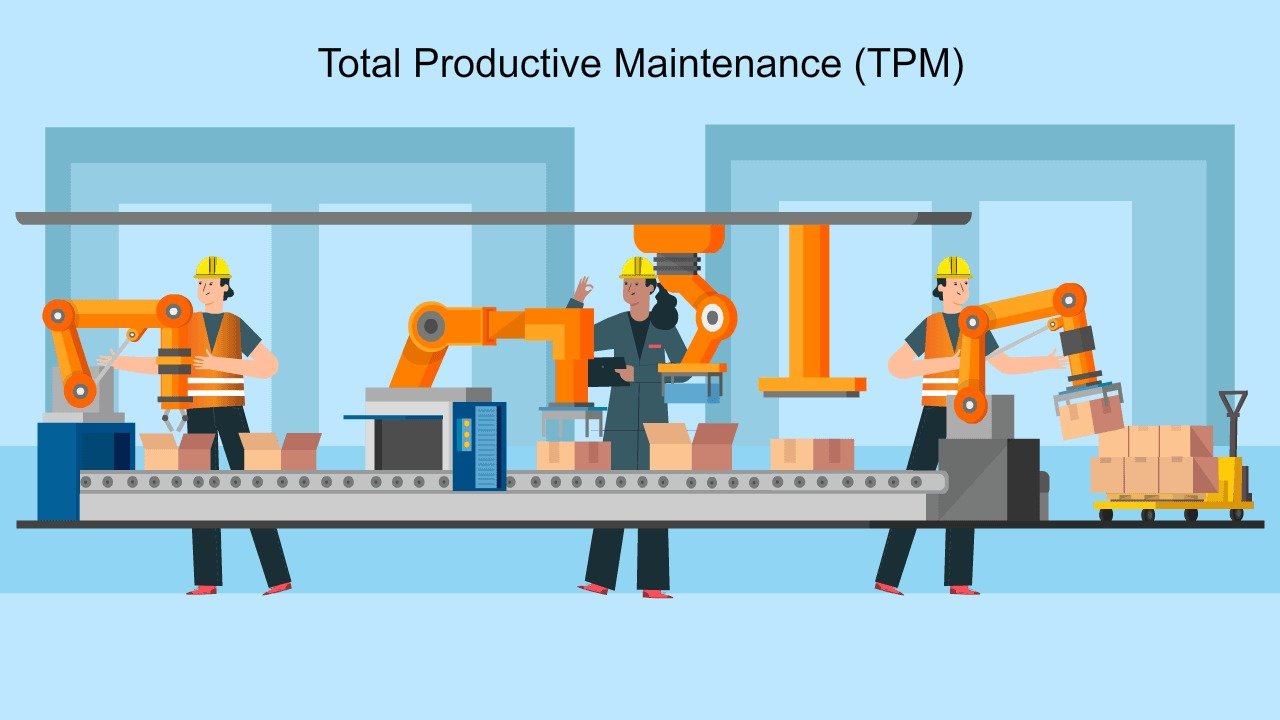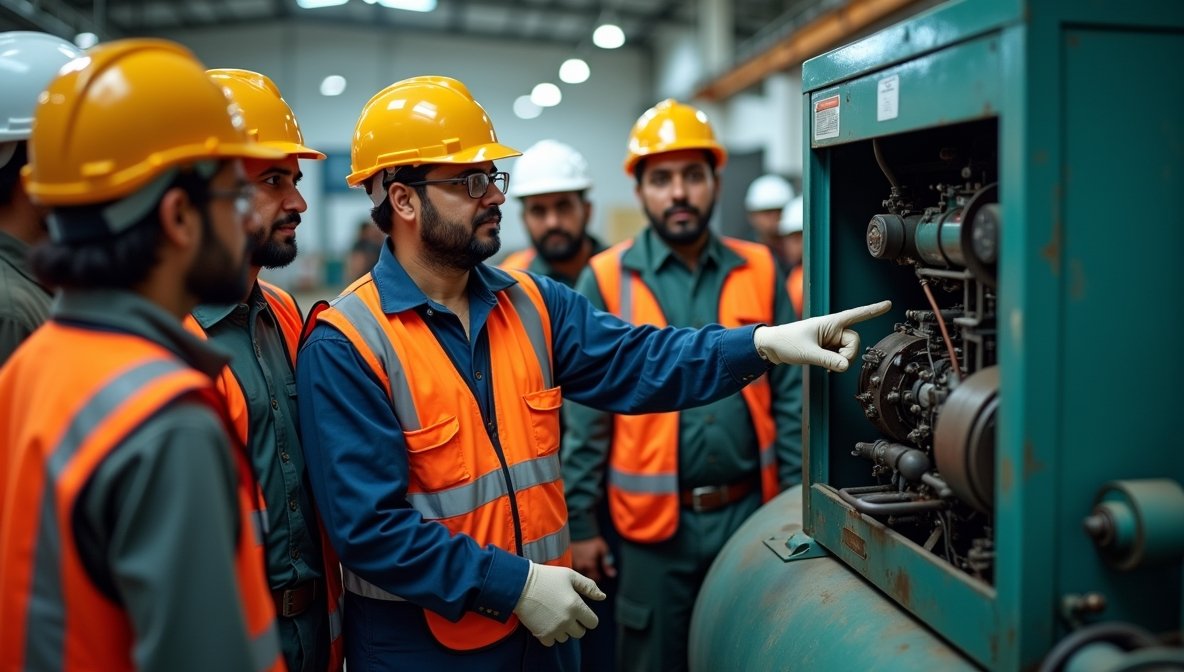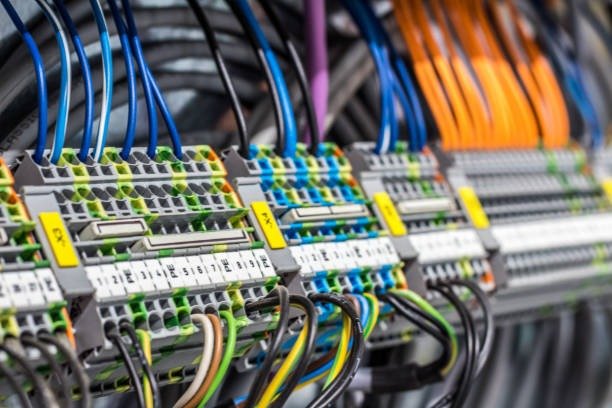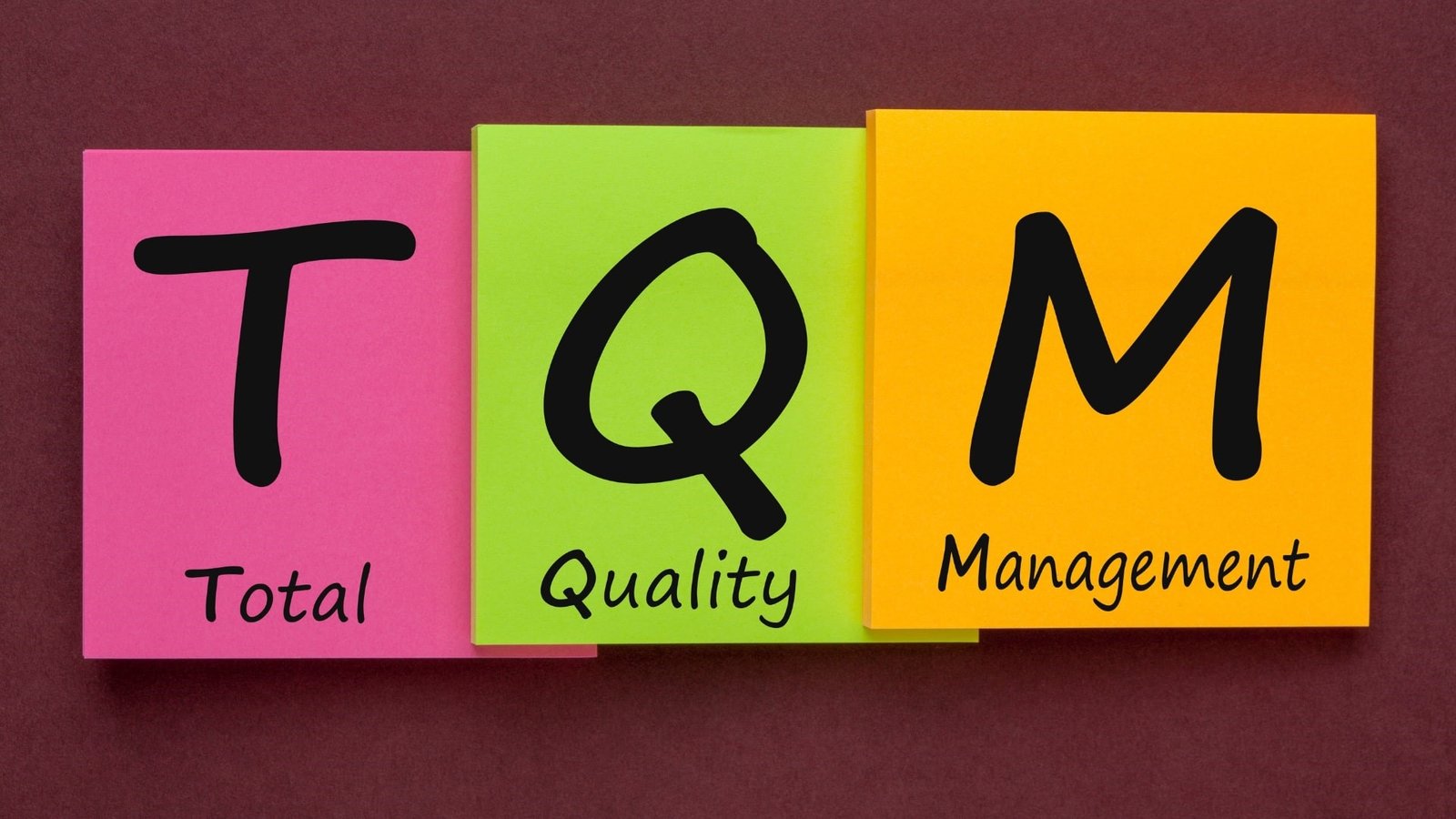Nitrogen is the most widely used gas in industry and the most common pure element on earth. bottled nitrogen
Traditional Nitrogen Delivery Method:
Nitrogen cylinders are traditional nitrogen delivery method and have many drawbacks.
- Since the bottles are made of thick, heavy steel (and nitrogen is nearly weightless), the gas company is basically transporting iron, which is very environmentally unfriendly.
- The bottles can never be fully emptied. If the working pressure is 10 bar, you will only be able to get the nitrogen out when the pressure in the bottle is more than 10 bar. The ‘rest’ gas stays in the bottle and returns to the gas company when the ‘empty’ bottles are picked up.
- The price is comparatively high because of the effort the gas company has to put into getting the nitrogen to you. After generating the gas, they compress it, transport the heavy iron bottles to you and pick them back up when they are empty.
What is the solution to these issues?
ON-SITE NITROGEN GENERATOR:
A nitrogen generator is able to produce a continuous uninterrupted stream of nitrogen gas from clean dry compressed air.
On-site generation is typically more cost-effective versus delivered gas (gas cylinders or tanks). Delivered nitrogen carries delivery charges, fuel surcharges, and hazmat fees in addition to the storage tank rental fees in the case of bulk storage systems.
On-site nitrogen generation systems provide a reliable, efficient, and sustainably safe solution to supplying the nitrogen that the industry need. On-site generation increases operations safety, eliminates cumbersome gas cylinder logistics, ends long-term contractual obligations, and places process control firmly in the hands of the customer.
Onsite nitrogen generation system should be managed properly to get the maximum benefits. AIIA’s nitrogen production and storage technique workshop will give you complete knowledge about managing and optimizing Nitrogen systems to achieve maximum efficiency.
AIIA Trainings:
Since 2018, AIIA is providing skill based and in demand training of industrial processes to help the workforce become more productive.







